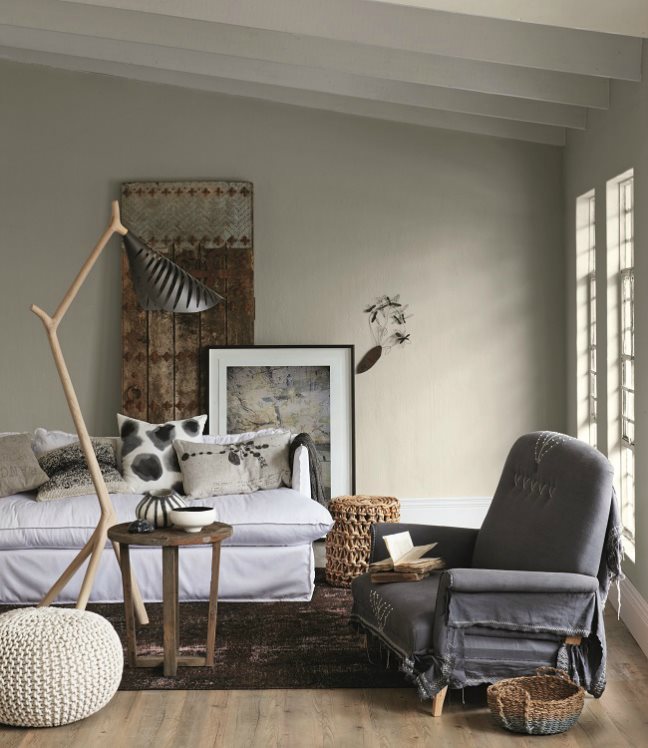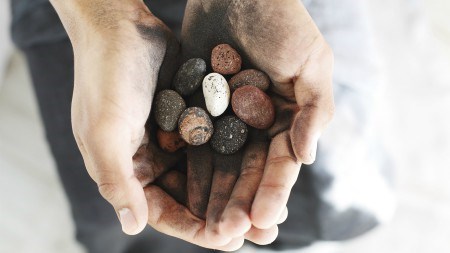Our natural world is truly magnificent as David Attenborough highlights in the trailer of the new Netflix documentary "Our Planet".
With colours and beauty like this, it is no wonder nature is an inspiration for many designers and interiors. Environmentalists like David Attenborough are highlighting the threat facing our planet and how it is essential we take action now. There is an inextricable link between nature and ourselves and as the environment is being destroyed for material needs and wants, it is not only wildlife but our very existence that is at risk too.
While the task may seem too large to tackle and out of our hands, each and every one of us can make a difference. One of the ways is the choices we make when decorating our homes.
See more: Green elements reduce costs and increase value

Here is how you can make a difference:
Product Choices
Is it needed? Before buying anything spontaneously ask yourself if you really need it. Purchasing only what you really need, will not only help the environment but your finances too.
Is it durable and will it have longevity. So much of design is disposable today and it's not long before it ends up in landfills. Rather choose quality designs and materials that will last and stand the test of time. It is far better to have less of the things you love than lots of cheap products which will be discarded after a short while.
Does its production have low impact on the environment. Ensure the products you buy are sustainable sourced. The rainforests are essential in taking carbon dioxide from the atmosphere and turning it into oxygen. Make sure you know where the wood you purchase comes from. Ask the supplier. Check the energy rating of appliances before buying them.
Does it have recycled content. Many innovative and conscientious suppliers are manufacturing products using recycled materials. Carpet manufacturer Interface is a great example, they make carpets from old fishing nets and have a vision to eliminate any negative impact their company has on the environment by 2020. If unsure of a supplier, look at their website and their environmental policy. Beware of the companies that do "green washing' with a logo but are not fully committed to sustainability.
Does it have minimal or recyclable packaging. It seems everything is packaged in something plastic these days, where ever possible choose products that have recyclable or minimal packaging.
Is it non toxic - low or zero VOC VOCs (i.e. volatile organic compounds) are used in a variety of household products, including paints, varnishes, furniture as well as many cleaning products. When used these chemicals are released in the air and can be bad for our health and the environment. Choose low VOC and water-based paints. Advances in technology have enabled water-based enamels too - paints that use solvents like turpentine are bad for the environment and our health.
Can it be re-used or recycled. Before throwing anything away consider whether it could be recycled or given a new life. Repainting an old piece of furniture in a contemporary colour for example, can turn it from something old and unloved to a contemporary piece that adds life to a room.
Careful consideration and making sustainable choices will help create a healthier environment and make you feel good too. After all, we all want our children to have clean air and experience the beauty of nature, its oceans and incredible wildlife.



